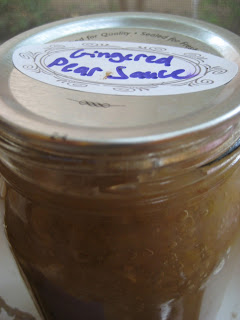I made this veggie pie for one of my last dinners with my old roommates this summer. The recipe is adapted from a combination of a few recipes from the Simply in Season cookbook that I adapted to what I had on hand. It's a great way to showcase some of the delicious veggies coming to peak season in the middle of the summer, but is still something you can make now, as the last of the tomatoes and zucchini come in. A savory pie filled with vegetables, cheese and eggs makes an ideal vegetarian entre for any season, and an impressive presentation!
Recipe:
For the Crust:
-1 1/2 c whole wheat flour
-7 Tbsp butter, chilled
-1/3 c cheese of your choosing, shredded
-3-4 Tbsp water
-1/2 tsp salt
->Cut butter and flour together until crumbly. Mix in cheese and salt. Add water one tablespoon at a time, and mix until dough comes together into a ball. Add more water if necessary. Shape into a smooth ball, cover with plastic, and refrigerate 30 minutes. Meanwhile, start the filling.
For the Filling:
-oil
-2 medium zucchini, sliced
-1 medium onion, chopped
-1 pint cherry tomatoes, halved OR 2 medium tomatoes, sliced
-2 cloves garlic, minced
-salt and pepper
-large bunch fresh basil, chopped
-5-6 large eggs, beaten
-2 c cheese, crumbled or shredded (pictured above is mozzarella)
-4 tsp mustard
-1/4 c Parmesan cheese, grated
->Saute zucchini and onions in oil in a large skillet. Add garlic and season with salt and pepper and cook until soft. Take off the heat and stir in basil. Combine beaten eggs and cheese in a separate bowl and then stir into zucchini mixture.
-->While zucchini is cooking, take out chilled dough. On a floured surface, roll out dough ball until it is a circle big enough to cover your pie pan and turn under the edge. Press crust into a pie pan, turning under edges and flouting them by pressing with your thumb.
Spread mustard over bottom of pie crust (from above). Pour zucchini mixture into prepared crust. Top with Parmesan cheese. Arrange tomato slices on top of pie.
Bake at 375 degrees until center is set and crust is golden (about 20 minutes). Let stand for 10 minutes before serving. Slice and serve!
~*TIP: Make variations of this pie all year long by changing up the vegetables, herbs, and the cheese. In fall and winter, fill it with roasted butternut squash, season with sage, and mix in some goat cheese. In spring, fill with peas, spinach, broccoli, and/or asparagus, season with thyme, and mix in your favorite swiss or cheddar. It's a simple dish with endless possibilities. *~











































